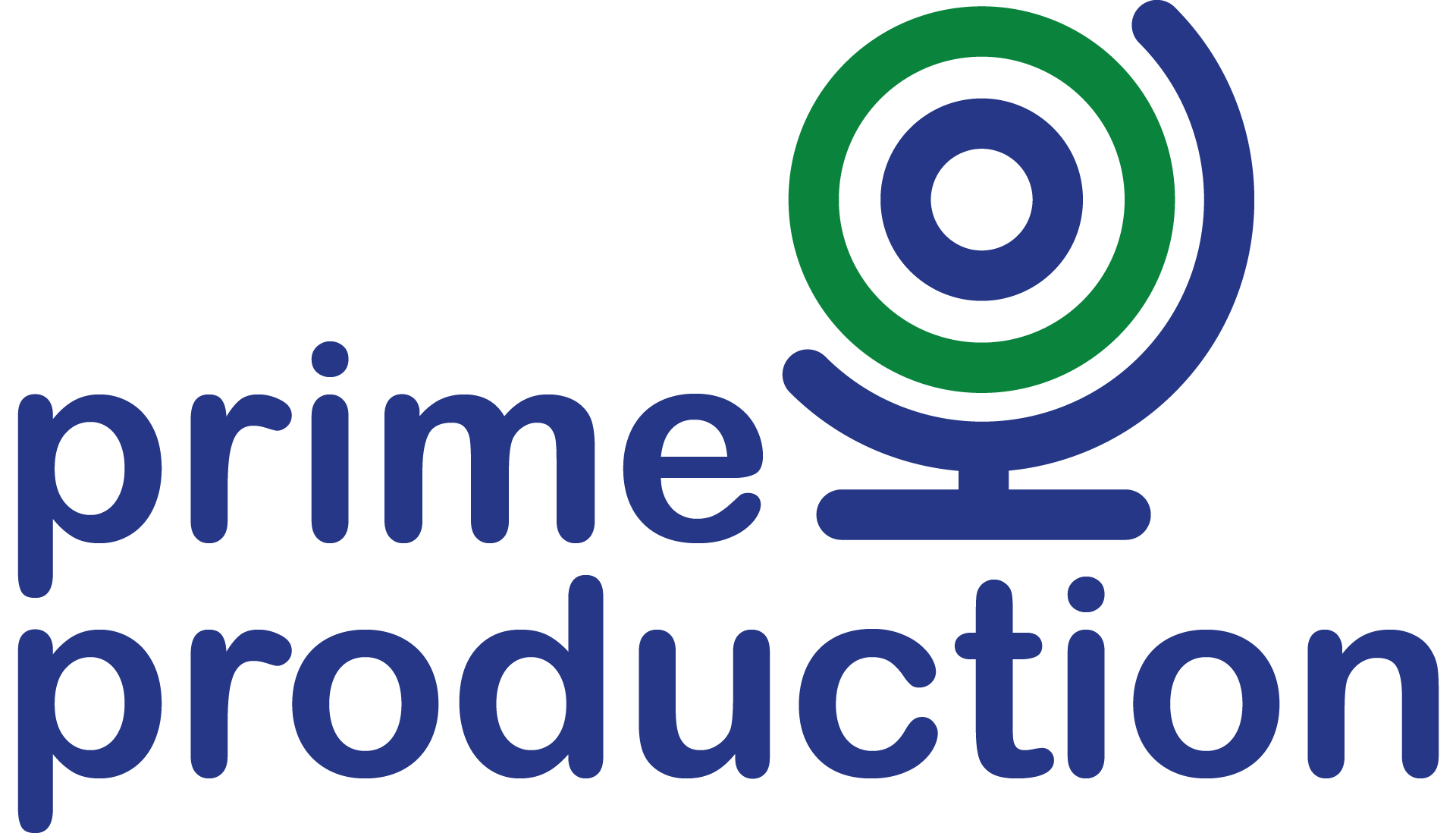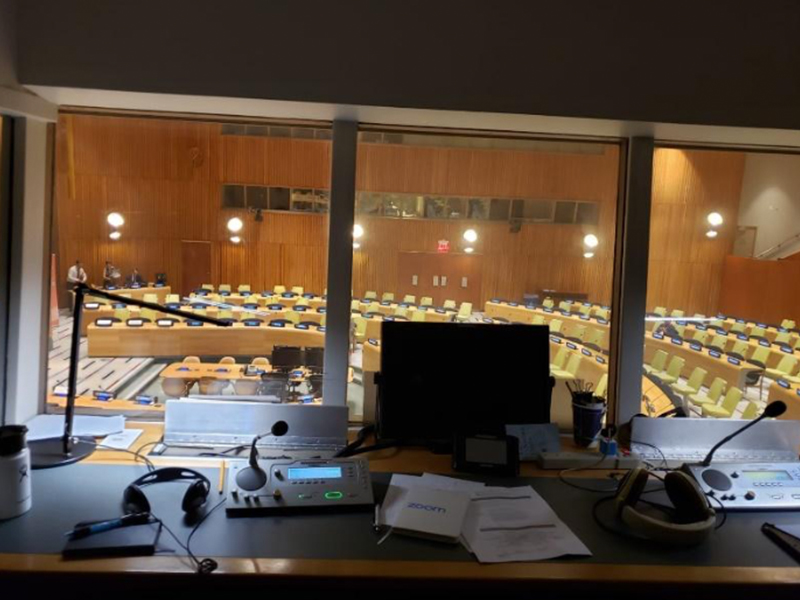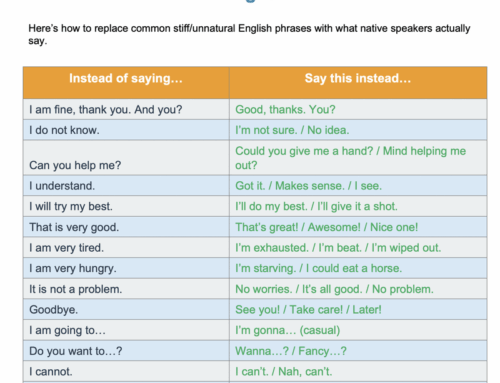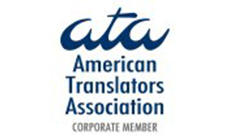With the rapidly evolving landscape of global communication the field of conference interpreting is experiencing significant changes and innovations. From the integration of cutting-edge technologies to the adaptation to remote and virtual platforms, conference interpreters are navigating new trends that shape the way they work.
Specialisation in niche markets, ongoing professional development, ethical considerations, and the impact of global events further contribute to the dynamic nature of conference interpreting. In this article, we delve into the emerging trends in conference interpreting, exploring the challenges, opportunities, and future directions of this essential profession.
1) Technology Integration in Conference Interpreting
AI and Machine Translation Tools
Gone are the days of dusty dictionaries and clunky phrasebooks. AI and machine translation tools are revolutionising conference interpreting, providing instant language support and aiding interpreters in delivering accurate and efficient translations.
Remote Simultaneous Interpreting (RSI) Platforms
Say goodbye to the constraints of physical presence. RSI platforms enable interpreters to work remotely, breaking down geographical barriers and allowing seamless communication across borders. It’s like interpreting in your pajamas!
2) Remote and Virtual Interpreting Platforms
Advancements in Virtual Meeting Software
Virtual meeting software has come a long way, offering innovative features that cater to the evolving needs of conference interpreters. From real-time language switching to interactive tools, these platforms are redefining the virtual interpreting experience.
3) Sustainability and Green Interpreting
Many industries are striving to be more environmentally sustainable, and interpreting is no exception. With remote interpreting, travel is reduced, leading to a smaller carbon footprint. As conferences move to virtual or hybrid formats, there’s a stronger focus on sustainable solutions for the interpreting profession.
4) Hybrid Events
As in-person conferences return, hybrid events—combining both in-person and virtual attendees—are becoming more popular. Interpreters are adapting to this trend by working with technology that allows seamless integration between live and remote participants.
As conference interpreting continues to evolve and adapt to the demands of a rapidly changing world, professionals in the field are poised to embrace these emerging trends with resilience and innovation. By staying abreast of technological advancements, honing specialized skills, upholding ethical standards, and responding adeptly to global shifts, conference interpreters are well-positioned to meet the demands of an increasingly interconnected global society.
The future of conference interpreting holds exciting possibilities, as practitioners navigate the complexities of language and communication in an ever-evolving landscape.












